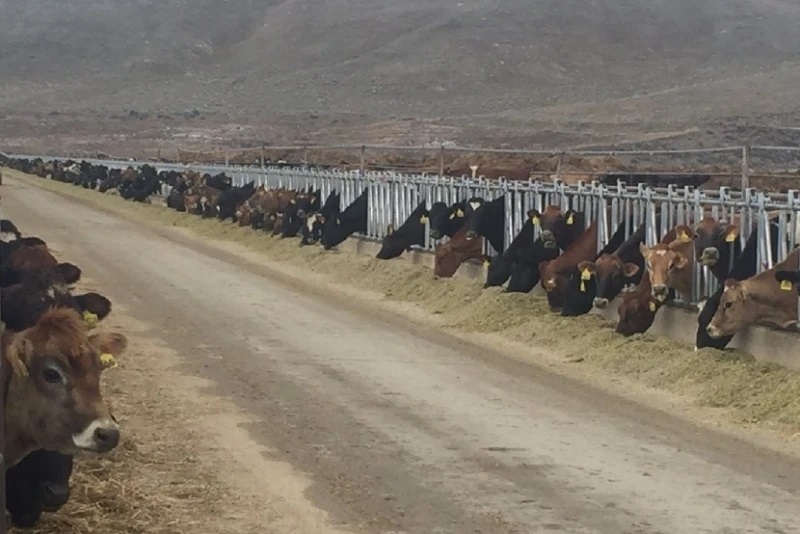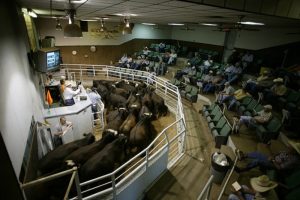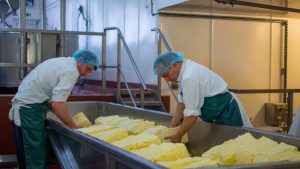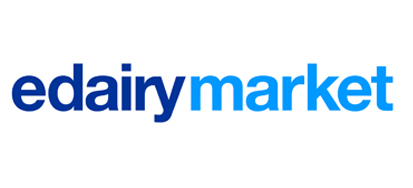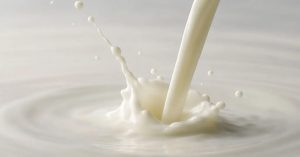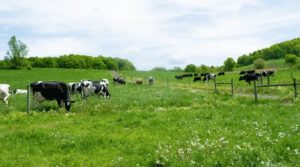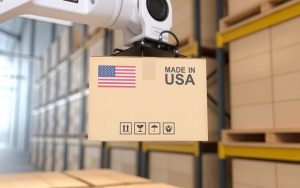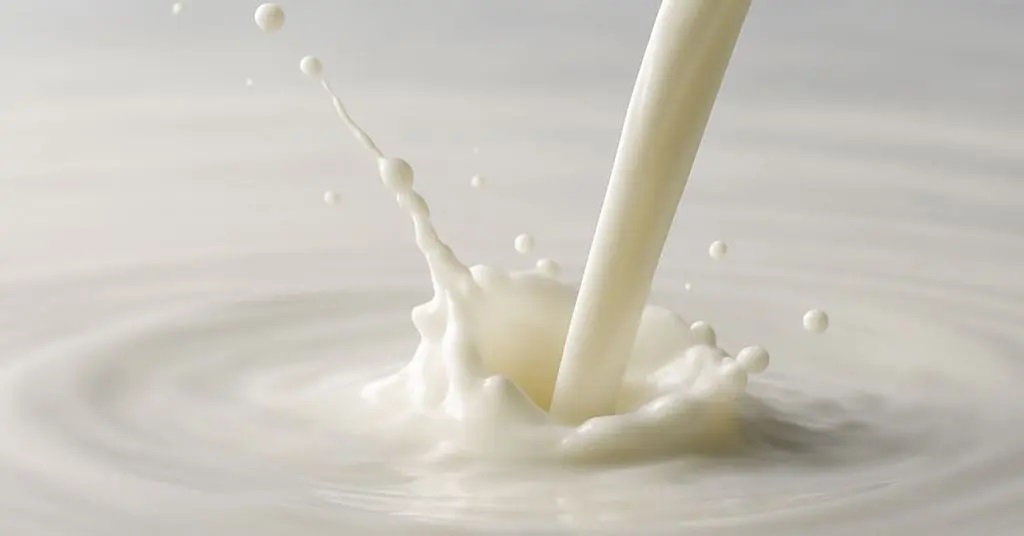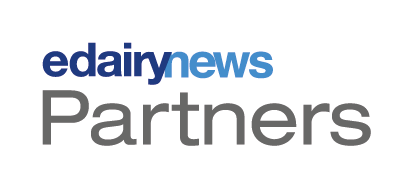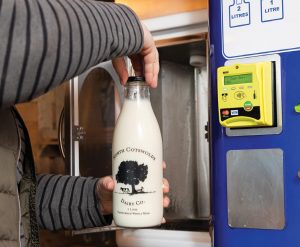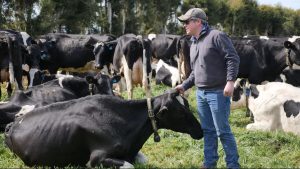
Idaho’s dairy industry exemplifies resilience and innovation, demonstrating its preparedness to tackle challenges while thriving in a competitive landscape.
The dairy industry in Idaho is facing a dynamic period of change and opportunity. Despite recently being overtaken by Texas in milk production, Idaho’s dairy sector remains undeterred and ambitious. Rick Naerebout, CEO of Idaho’s Dairymen Association, shares an optimistically competitive attitude. He’s confident Idaho will climb back to a leading position in the future.
“We’re competitive,” Naerebout asserts, highlighting Texas’ processing investments while emphasizing Idaho’s strategic initiatives. “We’re happy to see that ability for those friends to grow down there, but game on. We’re going to take that No. 3 at some point in the future, and eventually, we’re not going to run out of water, because we’ve got a good state program in place to recharge our aquifer.”
Chobani’s Ambitious Expansion
Earlier this month, Chobani announced a groundbreaking $500 million expansion of its Twin Falls plant, aiming to boost production by 50% with an additional 500,000 sq. ft. of space.
Naerebout says this expansion is a testament to the region’s thriving potential, pointing out that dairymen in Idaho are producing over 2 million lb. more milk per day compared to the previous year – which showcases Idaho’s capability to scale milk production to meet rising demands.
“Our dairymen were growing at a 5% to 6% rate in the fourth quarter of 2024 and that carried forward into the start of 2025,” he says. “Our ability to turn milk production on and fill these kinds of demands is obvious.”
Managing Water Sustainably
Idaho sets itself apart with its proactive management of essential resources, particularly water.
“We have agricultural industries, which makes up 95% of Idaho water usage, working with each other to figure out solutions to our water rights that allow acres to stay in production,” Naerebout says. “The best part is farmers are coming up with these solutions and working with the state agencies on solutions that keep farms and business and acres growing crops.”
Addressing Labor Challenges
Labor remains a significant challenge within the industry. Naerebout is upbeat, yet realistic, acknowledging how labor shortages could ripple across the nation due to federal policies. He says Idaho, like the rest of the country, must adapt to these labor constraints.
“The reality is if we don’t have labor in Idaho because of federal policy, there’s not going to be labor anywhere else in the country either,” he says.
National Impact and Innovation
Michael Dykes, president of the International Dairy Foods Association, applauds the partnership-based approach between producers and processors in Idaho’s Magic Valley. He compares Idaho Magic Valley’s unique model to the I-29 corridor in South Dakota, noting an overall increase in consumption of dairy products — further cementing the industry’s dynamic nature with $8-plus billion in processing investments.
“We have the most productive, innovative farmers anywhere in the world,” he says. “There’s a demand for milk and dairy farmers will produce the milk.”
Advancements in Dairy Component Yields
The sector’s success isn’t merely about quantity, but also quality. The industry has witnessed impressive advancements in dairy component yields, with the production of cheese reaching 11 lb. per 100 lb. of milk. Additionally, CoBank reported the genetic advancements in the U.S. dairy herd have pushed milkfat levels past historical highs, now standing at 4.23% nationally, based on calculations using monthly data from USDA’s National Agricultural Statistics Service. Milk protein levels have similarly improved, with 2024 closing at a 3.29% average protein content, marking a remarkable increase from two decades prior.
Idaho’s dairy industry exemplifies resilience and innovation, demonstrating its preparedness to tackle challenges while thriving in a competitive landscape. The future is promising, with sustained investments, sustainable practices, and an unyielding drive to be at the forefront of dairy production in the United States.
You can now read the most important #news on #eDairyNews #Whatsapp channels!!!
🇺🇸 eDairy News INGLÊS: https://whatsapp.com/channel/0029VaKsjzGDTkJyIN6hcP1K
